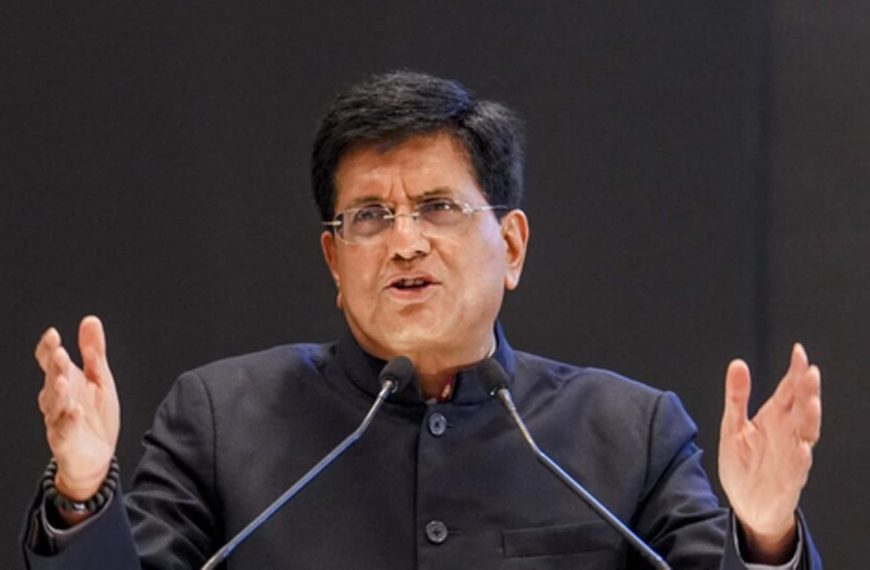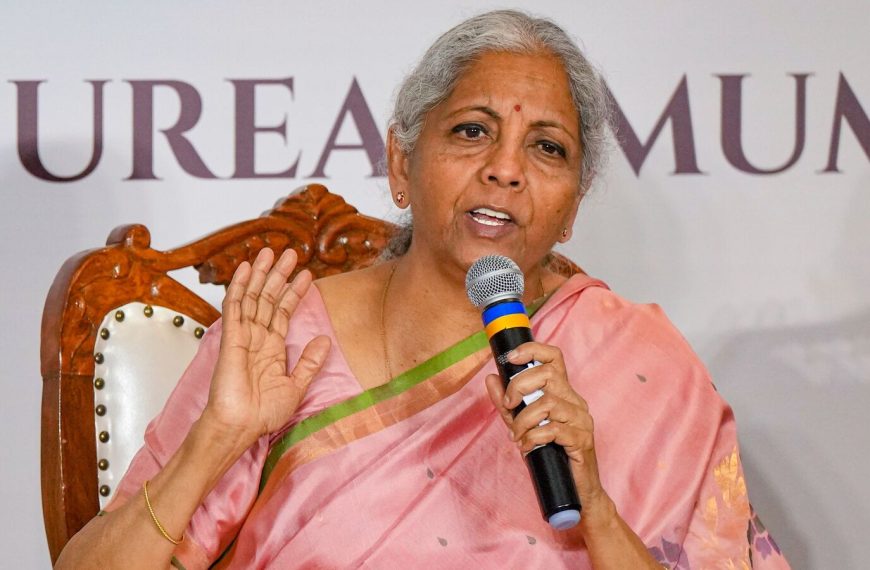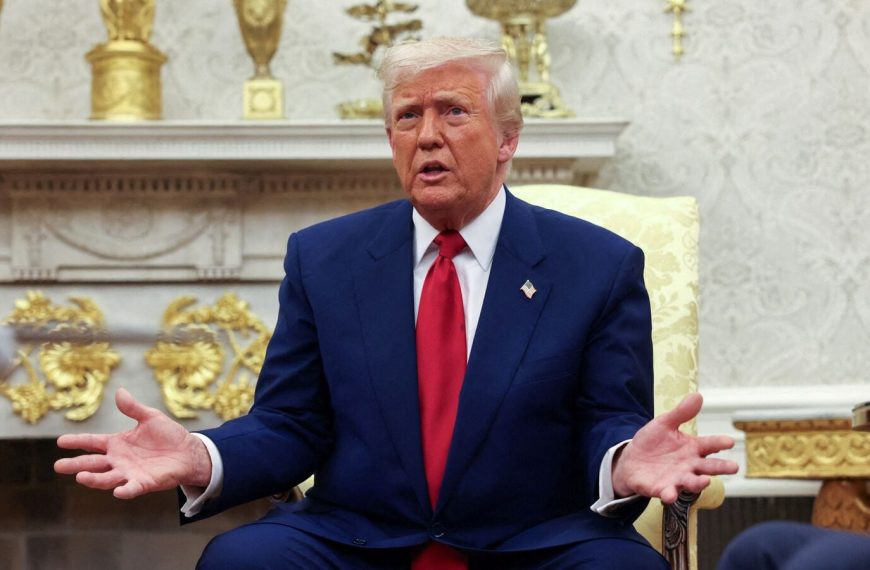In February, India saw a slight increase in crude oil imports from Africa and Latin America as refiners sought alternative suppliers amidst concerns over diminishing Russian oil availability due to stringent U.S. sanctions. This shift comes in the wake of India establishing itself as the largest purchaser of discounted Russian seaborne oil following the West’s sanctions on Moscow due to its actions in Ukraine in 2022.
Rising Crude Oil Imports from Latin America and Africa
Data highlights a notable transformation in India’s oil sourcing strategy. In February, imports from Russian sources dipped by 3% compared to January, averaging around 1.54 million barrels per day (bpd). Consequently, this reduction marked the lowest percentage of Russian oil in India’s total imports since January 2024. This trend demonstrates India’s increasing reliance on other regions for its oil needs.
- Russian Oil Imports: 1.54 million bpd in February
- Decrease: 3% from January
- Share of Russian Oil: 30.5% of total imports
In contrast, India’s imports from African nations surged to 330,000 bpd in February, a significant jump from 143,000 bpd in January. Additionally, crude oil imports from South America soared by 60%, reaching 453,600 bpd, the highest figures recorded since December 2021.
Impact of U.S. Sanctions on Oil Supply
The sanctions imposed by Washington in January have significantly disrupted the supply chain, particularly affecting Russian oil producers and tankers. These measures have tightened the availability of shipping options, prompting Indian refiners to explore other markets.
- Increased Imports: Africa to 330,000 bpd; South America to 453,600 bpd
- Saudi and West African Oil: Gain in market share due to reduced Russian imports
Interestingly, in February, India received its first shipment of Argentina’s Medanito oil and a rare cargo of Gabon’s Etame grade, showcasing the diversification of its oil sources.
Conclusion: A New Era for India’s Oil Imports
As Indian refiners maximize their oil purchases ahead of the U.S. sanctions deadline on February 27, the landscape of crude oil imports is changing. Several vessels laden with Russian oil arrived at Indian ports late in the month, with deliveries occurring in March, reflecting a transitional period.
This evolving scenario highlights India’s position as the world’s third-largest oil consumer, with a strategic shift towards increasing imports from OPEC members and West African countries. With Russian oil’s share now at 30.5%, and Latin America’s contribution rising to 9%, it’s clear that India is adapting to the new realities of the global oil market.











